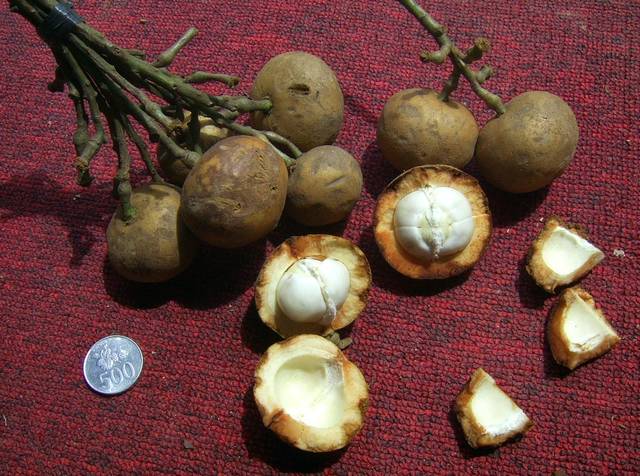KAILUA-KONA — Gov. David Ige wants to double in-state food production by 2020, and a key element of meeting that goal could be introducing new crops to Hawaii particularly suited to grow here.
The Legislature this year awarded a state grant-in-aid in the amount of $200,000 to Hawaii Tropical Fruit Growers to that end. If signed by Ige, the money will be used to construct six to 10 small greenhouses in South Kona to serve as containment centers and allow for the import of food-bearing trees and plants of foreign origins.
The state Department of Agriculture requires a two-year quarantine of all imported flora to guard against invasive species.
“The idea is that it enables us to bring in either lower-cost fruit trees from overseas or new and rare varieties or species of fruit that we could try to develop a market for here and give farmers other tools for sustainability,” said Hawaii Tropical Fruit Growers Executive Director Ken Love.
Each greenhouse will be 10-by-12 feet and equipped to house up to roughly 500 seedlings, Love added.
Most plants that succeed in the state come from other countries like Japan, India and the Philippines, which share geographical and climate similarities with Hawaii, explained Sharon Hurd, acting administrator of the Department of Agriculture’s Agriculture Development Division, which will administer the grant.
Love said the Hawaii Tropical Fruit Growers board is already discussing import options such as tampoi, most prominent in Southeast Asia and said to produce a taste similar to mandarin oranges. Love has also already cleared permits to import 500 types of persimmon from Japan.
If the governor releases the $200,000 — which won’t happen before the new fiscal year begins July 1, at the earliest — Hawaii Tropical Fruit Growers will build all the greenhouses on one portion of Love’s farm. The state has some containment centers of its own, but Love said the only greenhouse on Hawaii Island is located in Hilo.
The U.S. Department of Agriculture used to send the state agriculture department out to a farm to approve a specific area for foreign trees and plants to be quarantined outdoors. Hurd said that ended several years ago as the awareness of invasive species and the economic damage they brought with them became more pervasive.
Now, flora will remain in greenhouse quarantine for one year, at which point agriculture officials will inspect it. If ruled satisfactory, trees will then be transported to in-field planting sites called repositories. They will still be quarantined, but will be allowed to grow for another year after which, if they’re found healthy, they will be released from quarantine.
Hawaii Tropical Fruit Growers will also use some of the grant money to develop or improve repositories across Hawaii Island, Maui and Molokai. Each repository will receive roughly $10,000-$15,000, Love said.
One Hawaii Island repository is located on Love’s property, while another is located in Honaunau and a third operates in East Hawaii. Molokai is also home to a repository Love said could use some upgrades.
Hawaii Tropical Fruit Growers counterparts on Maui will decide on a site for development of a repository on that island once the money is released.
Costs for maintenance and operation of the greenhouses shouldn’t extend beyond monies for fruit purchases and paying electricity bills, which will come from profits generated by current Hawaii Tropical Fruit Growers tree sales.
Mostly, the organization’s members will have access to the containment centers, but outside entities may be allowed to utilize facilities, for a fee, Love said. That could provide another source of revenue.
Both Hurd and Love believe greenhouses are the future of agriculture in the state, referencing countries like Japan and Israel that subsidize containment center development and use it on a large scale.
“We need to use Japan as a model and do more in greenhouses to be able to sustain the community,” Love said.


